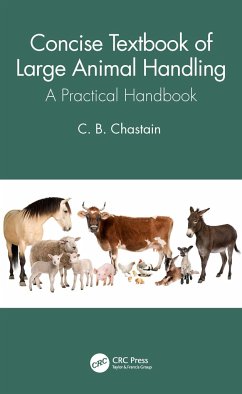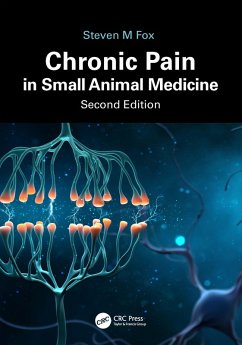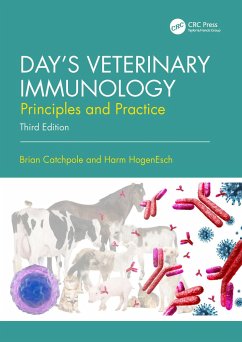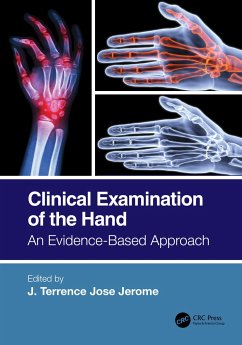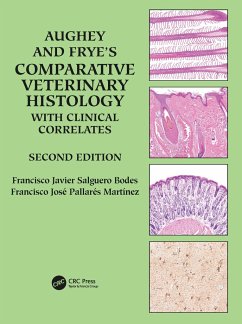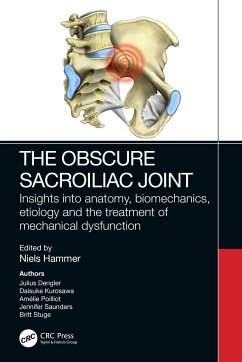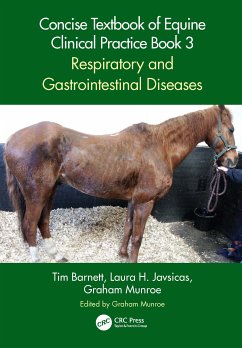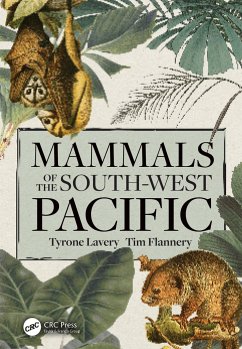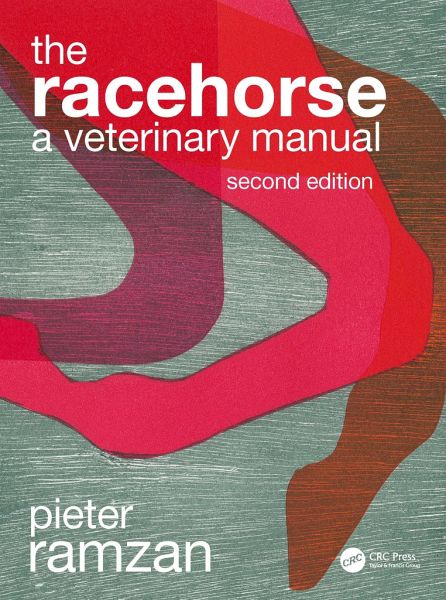
The Racehorse
A Veterinary Manual
Versandkostenfrei!
Versandfertig in 2-4 Wochen
221,99 €
inkl. MwSt.
Weitere Ausgaben:

PAYBACK Punkte
111 °P sammeln!
The definitive text for primary care of the Thoroughbred racehorse, this sets out best practice standards of diagnosis and management of all the major conditions likely to be encountered in racehorse clinical practice.




